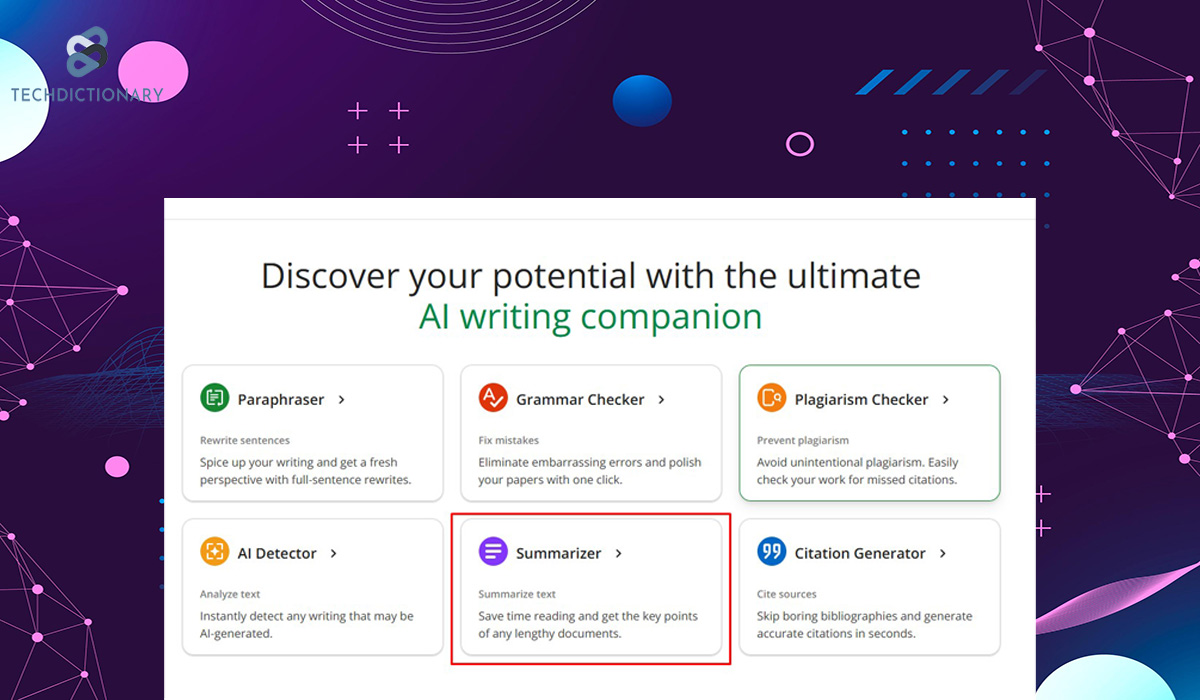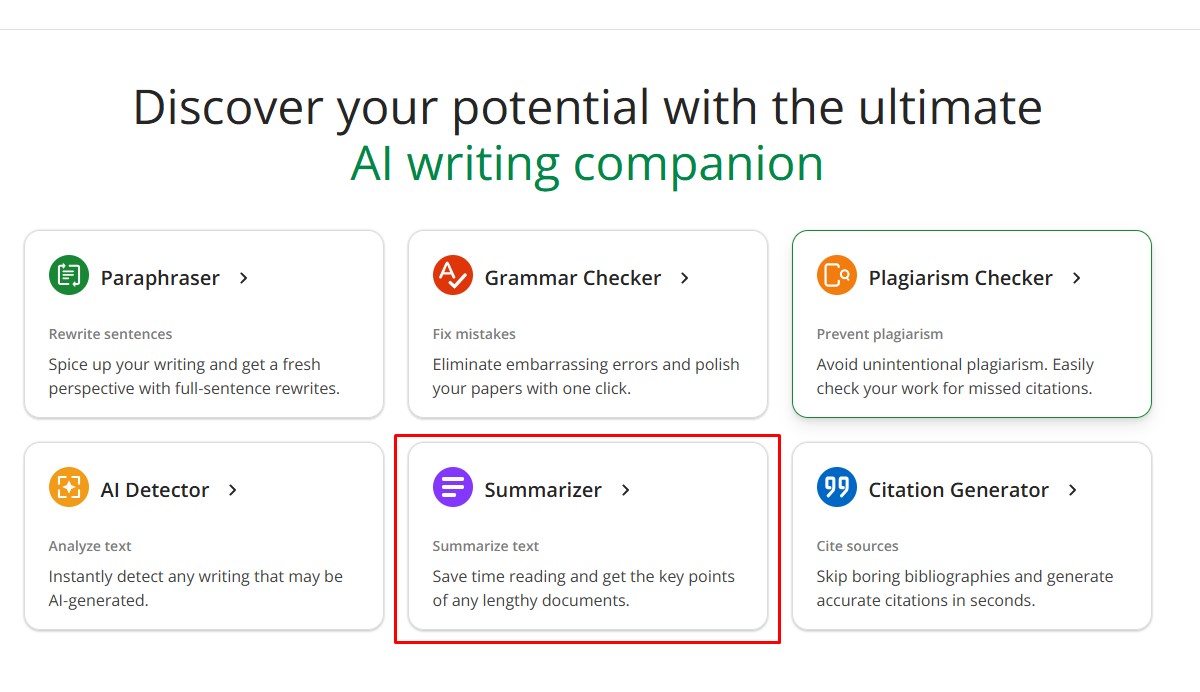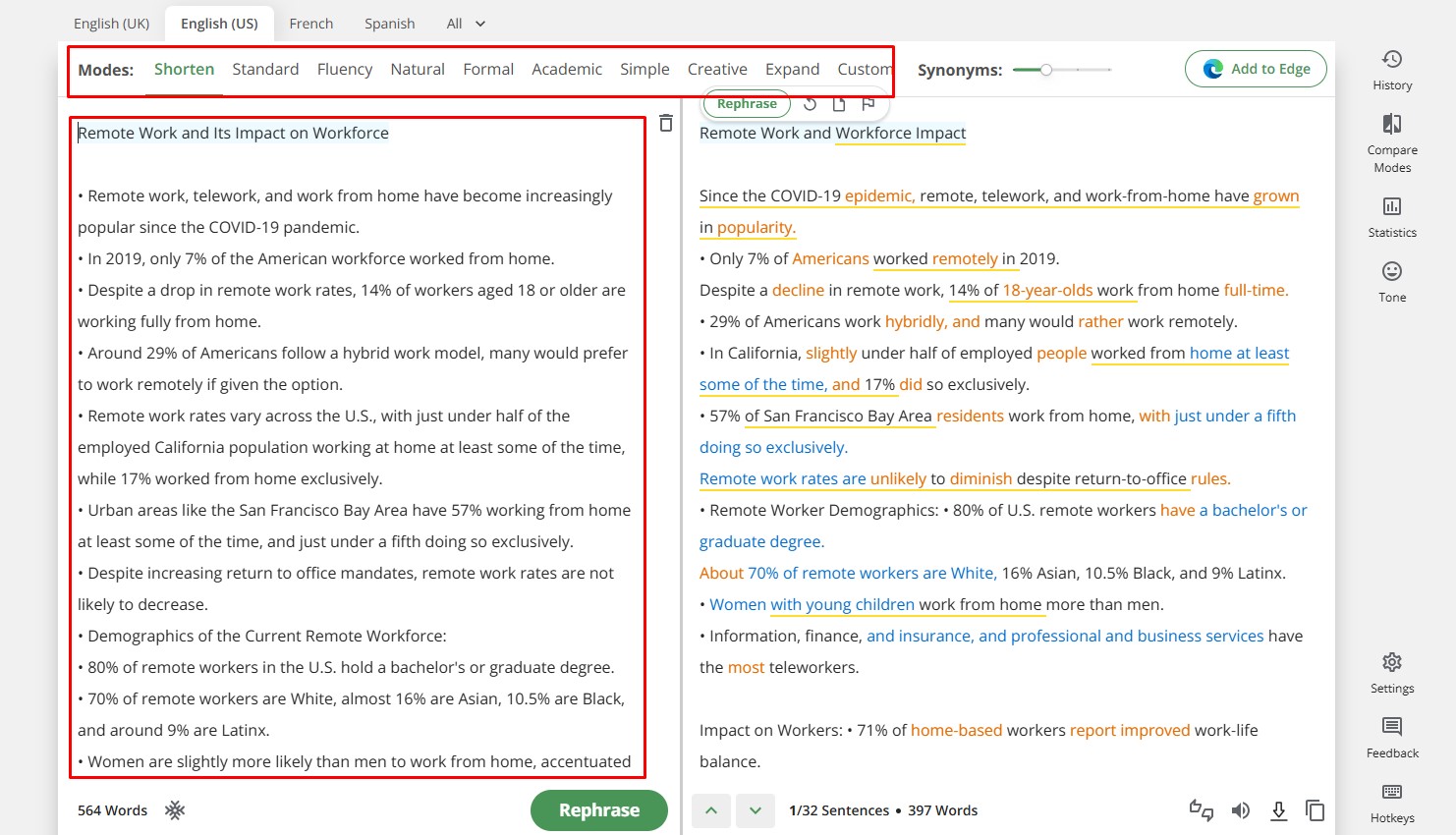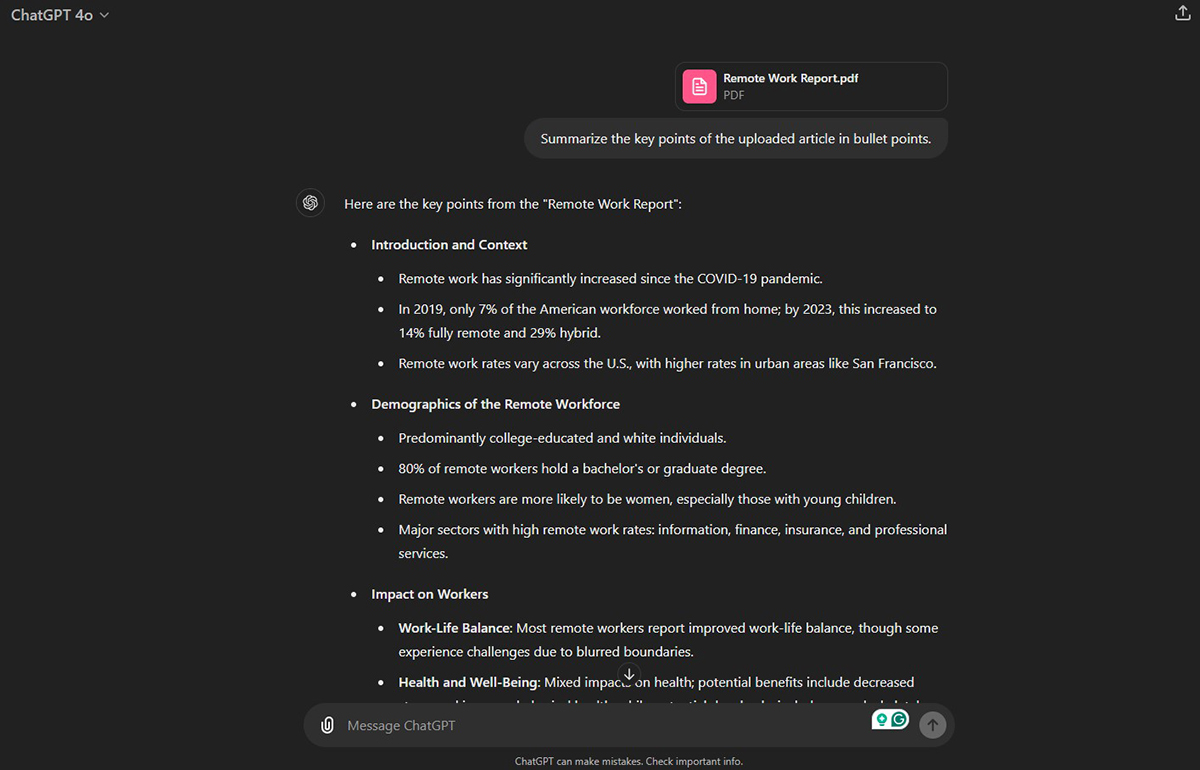
Have you ever had to sift through a large amount of data, lengthy studies, or complicated scientific papers that take hours? Thankfully, new knowledge and technology, including AI’s rapid progress, are being introduced almost daily. AI tools have proven to save time and effort in many activities. In relation to our long article issue, can AI summarize an article? How to Summarize Articles Effectively? Find out more in the post below!
Yes, AI can summarize long articles, research papers, and even books by quickly extracting the essence, key points, and insights. Not only AI writing assistants such as QuillBot or GravityWriter but even ChatGPT can also help you summarize articles. The crucial question is how accurate these summaries are and how to choose your best AI Summarizer in the market. We will show you how to summarize articles using AI effectively. Don’t wait any longer!
You are now confident that AI can effectively condense lengthy papers, but it’s crucial to choose the right AI tool. There are several article summary generators to choose from, such as QuillBot, Frase, and PrepostSEO. Each tool has its own strengths, but QuillBot stands out thanks to its superior paraphrasing quality, diverse writing styles, and reasonable pricing. Even if you’re not well-versed in artificial intelligence, QuillBot is user-friendly. It’s important not to underestimate its summarizing capabilities after quickly analyzing and processing the input text through an AI program. Now, let us show you how QuillBot Summarizer works!
[block id=”quillbot”]

Quillbot Summarizer Feature
Step 1: Upload the article you need to summarize or just simple copy and paste text.
Step 2: Choosing “Paragraph”, “Bullet Points” or “Customs” mode depending on how you want your summary to turn out!
The “Paragraph” mode is useful when you want to create cohesive and flowing summaries. This option is ideal for presenting the summarized information in a narrative format, making it easy for everyone to read and understand.
On the other hand, the “Bullet Points” mode offers a well-organized presentation of key points, which makes it perfect for quick overviews and presentations where conciseness and clarity are essential.
The last option – the “Customs” mode – provides flexibility, allowing you to tailor the summary to your unique preferences and requirements by adjusting various settings such as sentence length, vocabulary, and tone.

Using QuillBot to Summarize Articles
Step 3: Click on the “Summarize” button at the bottom and let Quillbot handle the rest. The website will strategically narrow down the texts and sort out only the important ideas.
In this instance, Quillbot uses bullet points to show the main idea of the uploaded research, as you can see in the image above. There you have it, a neat and understandable summary of how people’s work has changed since the beginning of COVID-19.
Step 4: Paraphrase and Edit the summary
If you want to rewrite or paraphrase the summary, click “Paraphrase Summary.” This feature is why we love QuillBot Summarizer. You will be automatically directed to the “Paraphraser” interface. In this example, we have paraphrased the summary using the “Shorten” mode. As you can see, QuillBot helps make the summary more concise and easier to read. All results hold the same quality regarding conciseness and clarity, so don’t worry!
Step 5: Review the generated content
In TechDictionary, we always emphasize that AI is a supportive tool. Therefore, a human eye is needed to scan and verify the data to ensure the summarizer tool is accurate and relevant. The point is not to make AI less valuable but to understand and value how humans and AI can work together to improve things. In the end, you will have your unique and useful summary that normally would take hours and lots of brainstorming. So, can AI summarize articles? Yes, indeed, and they do it effectively!
You may be interested in: Best AI Tools for Shortening Reading Time In 2025
Step 1: Choose the Model GPT-3.5, GPT4.0 or GPT 4o
Good news: You can apparently choose from many different versions of ChatGPT according to your preferences or what your work requires. Choose the one that best suits your needs!
GPT-4.0 and GPT-4.o are more advanced and provide better summaries than GPT-3.5.
Step 2: Use AI Prompts
Using effective AI Prompts is essential when asking the question, “How can I summarize an article with AI?” Make sure you use clear and specific prompts to receive better results.
For example, you can instruct the AI to “Summarize the key points of the following article in bullet points.”

Writing an effective ChatGPT prompt to summarize articles
If you need to write about a specific topic, you can modify the prompt to “Summarize the article focusing on its discussion about [specific topic]” or “Summarize the following article in 100 words” if you want to limit the length of your summary. Content creators can also use the prompt “Summarize the following article for [type of audience].” This helps us use the generated information effectively.
Note: The more detailed the prompt is, the better output you will receive.
Here are some prompts for using AI to summarize articles:
Step 3: Edit and Polish the summary
Even with AI, always remind yourself to proofread the generated content, make necessary adjustments, and make sure the result is the most polished and understandable.
From our perspective, the answer is yes. Using AI to summarize articles can be highly beneficial, but it also comes with certain considerations. Therefore, here is a list of the benefits you gain when using AI for summary works:
Now, let’s talk about of limitations of AI Summaries.
The next time you wonder, “Can AI summarize an article?” the answer is Yes. With QuillBot Summarizer, you can quickly transform long content into engaging and accessible text. Whether it’s for your own writing or summarizing someone else’s content, AI tools can pinpoint the main points and ideas in just one click, saving you time and effort.
However, it’s important to weigh the pros and cons of using AI versus manual summarization. While AI is ideal in some contexts, it is probably better and more accurate to summarize complex content manually. Try out our prompts for GPT or QuillBot summarizer, and don’t hesitate to leave a comment for us.

